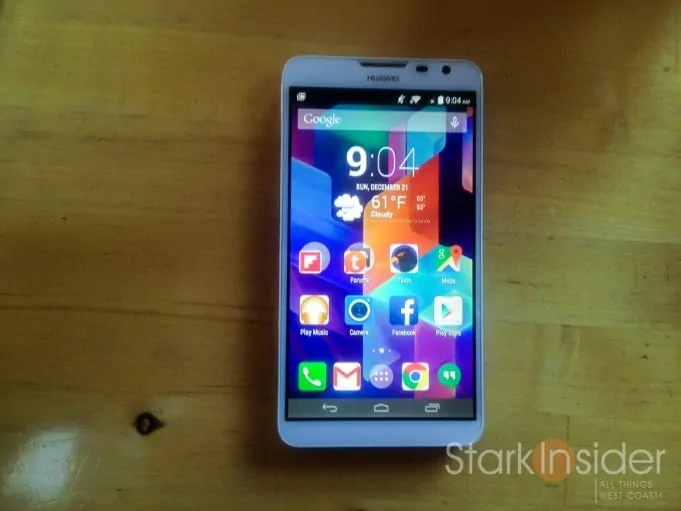I think the answer is no.
It’s not worth upgrading your smartphone in 2015.
Especially if the phone you own is less than two years old.
Recent handset releases from Apple, Samsung, LG, Sony and Motorola are proving to be incremental. Long gone, it seems, are the days when a new model would bring all sorts of whiz-bang new features and processing power.
Take the new Samsung S6, for example (this could also apply broadly to the iPhone 6, LG G4, and Motorola X among others). What’s new? The S6 came out in April of this year, and has the following main advantages over its successor, the S5: slightly better processor, slightly more compact, slightly better display (577ppi vs. 432ppi), slightly better camera (granted, with handy image stabilization now included), and some other slightly better stuff.
Is the S6 a better device than the S5?
Yes.
But none of the new features or technical specs enable you to something you can’t already do. All the same apps will run basically the same. Information on the screen will look generally the same. And performance will be similar.
“Good enough”
Why on earth are Apple and Google pushing wearables and their new watch operating systems?
A lot of people these days — more than in year’s past — are checking out new models with mild curiosity, before pulling out the one in their pocket and saying, meh, good enough. I’ll save that $800… for now.
If you’re like me, you’re waiting it out, and enjoying buying last year’s great big phone for a heavily discounted price. Take the Nexus 6. A pretty decent phablet made by Motorola. I like it, well made, large pretty screen, and wireless charging (I wish more handsets had Qi built in). But it originally started at $649 when Google added it to the Play Store in 2014. Part of the problem: a lot of us are used to the subsidized Nexus pricing model, which resulted in cheap ~ $299 price points for brand new, unlocked phones. I guess we were spoiled back then. Today, though, you can get a Nexus 6 for under $500, and I expect that to drop dramatically as Google readies a 2015 refresh.
Manufacturers are facing diminishing returns. Each successive release is decreasingly innovative. Sure, there are still improvements. USB-C will be a welcome one, with its reversible connector (something Apple figured out long ago). Finger print sensors are very handy. And cameras are getting staggeringly good in new models.
But, the real challenge going forward is convincing some that, say, runs a pretty darn good OnePlus One (my current handset) that the new one will be worth forking out $400 or $500 on when the current model is plenty find for doing everything I need — photos, email, browsing, Facebooking, etc.
Television makers are telling us we need 4K. So far consumers aren’t biting (much). I think it will eventually come around. Maybe handset makers need their own compelling nextgen feature? One that will woo us, and make us resolutely jealous of our friend that is running that cool new Android flagship.
Of course, there are many out there who must run the latest. I get that. I used to ALWAYS upgrade my Nexus the day of the new release. When Google changed the pricing model, and introduced the Nexus 6 starting at $649, I changed my way of thinking… I would wait (wait… cringe) for prices to drop. For an early adopter, that’s tough medicine. But the silver lining: there were many other cool gadgets to spend those savings on, like, smartwatches, and home media servers, and Google Cardboard VR DIY kits (only $15!).
Demand for smartphones appears to be shrinking globally.
I don’t think that’s much of a surprise. It has to at some point. A new product category comes out — the smartphone market with the intro of the iPhone in 2007 — early birds get in on the action, then eventually mainstream buyers, and the laggards, and then growth slows. Ditto with the tablet market. Smartwatches? Maybe not, I suspect they’re actually an accessory sale with an attach rate, not an entirely new opportunity (more on this in a future post).
A weakening market is great for technophiles like me. I can go check out the best phones from 2014, like the Moto X, Nexus 6, Galaxy Note, etc. and scoop them up from online retailers at a significant discount. And I’m not missing a thing. When I bought my OG Motorola Droid in 2009 at a local Silicon Valley Verizon store on the first day of availability it was a totally different experience. I was ditching BlackBerry. And Android was mind blowingly cool (still is!). The delta was quantum. Far from the incrementalism we’re seeing six years later.
Enter… wearables?
Why on earth are Apple and Google pushing wearables and their new watch operating systems, Watch OS and Android Wear, respectively?
Not to mention: home automation (HomeKit and Nest), car automation (CarPlay and Android Auto)?
Could it be that existing product lines are slowing?
That they need to market us something new — something that’s additive, that complements, not replaces, our existing kit?
Maybe we don’t need a new smartphone this year. So… how about a smartwatch?


